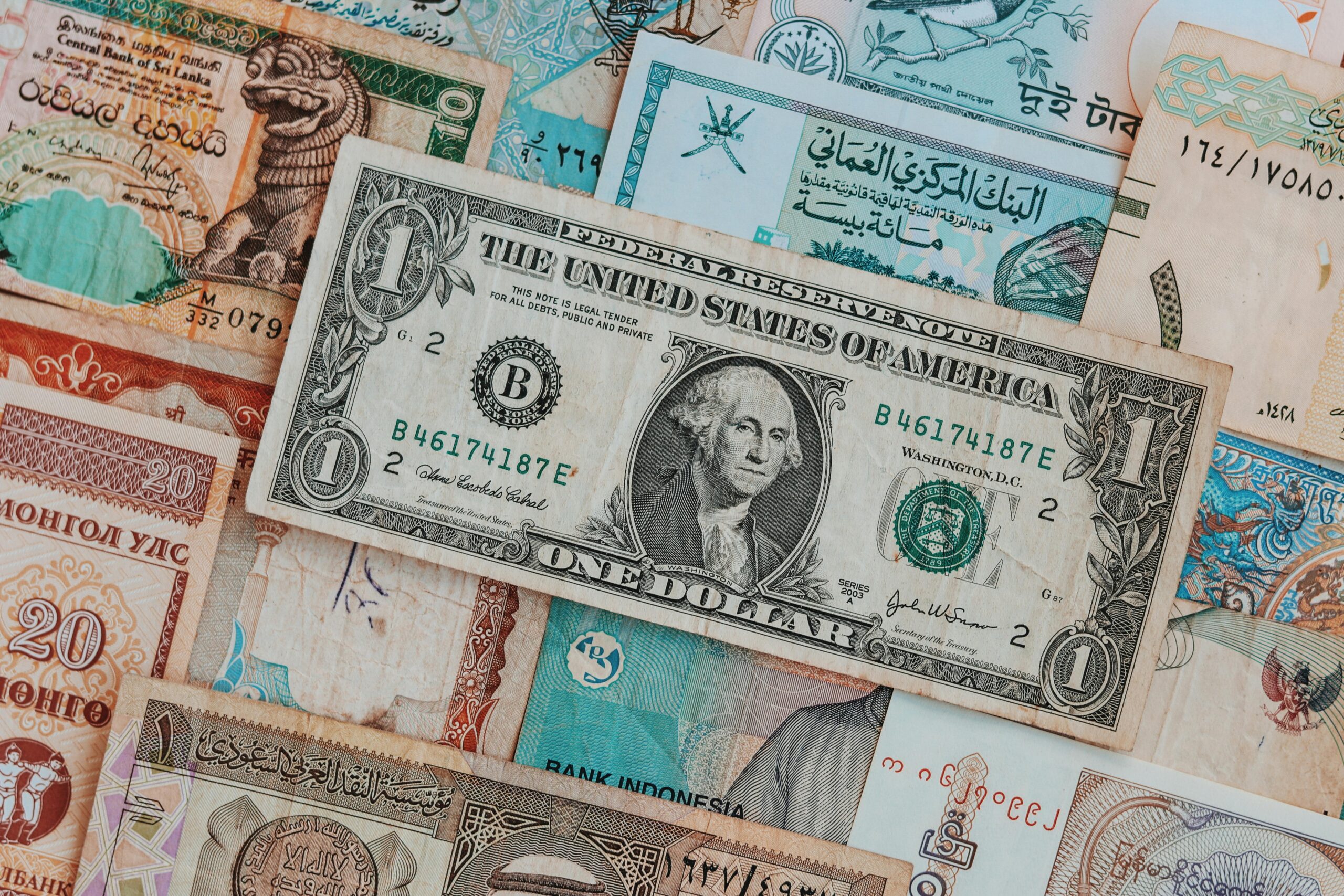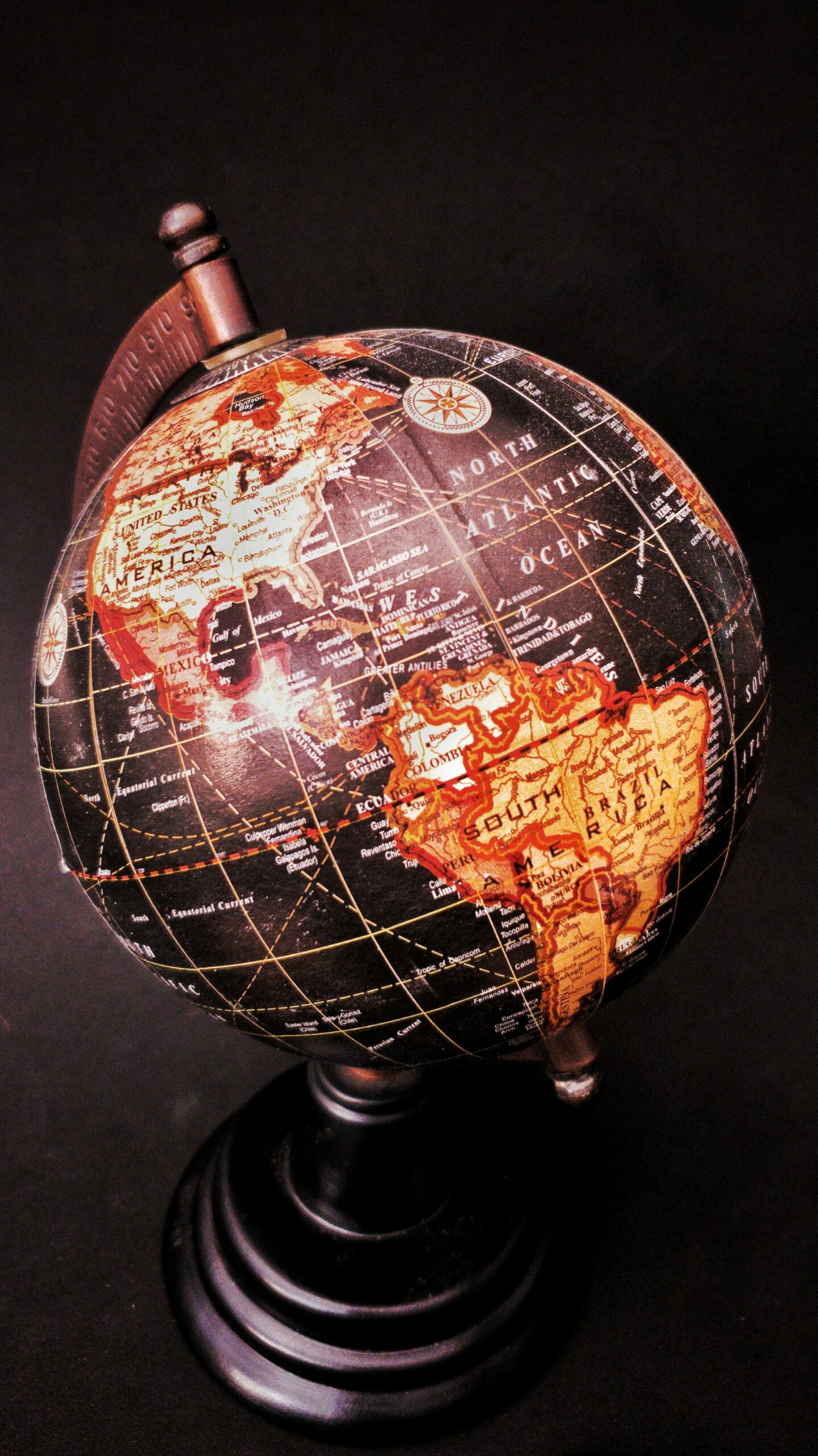In 2025, diplomacy is yielding significant advances in conflicts that once seemed intractable. Some long-standing disputes are entering new phases of negotiation, interstate treaties, ceasefires, and cooperative agreements. These breakthroughs reflect shifts in political will, third-party mediation, changing regional dynamics, and sometimes global pressure. While peace is rarely instantaneous, the signs of progress are meaningful. Below, we examine what diplomacy is achieving, with concrete case studies, strategy patterns, and implications.
🌍 Why Breakthroughs Now?
Several factors are contributing to diplomatic momentum in.
-
Changing Leadership & Domestic Pressure: New governments or leaders, public fatigue with conflict, humanitarian crises often force diplomats to the table.
-
Role of Mediators & Third Parties: Countries or organizations (sometimes unexpected ones) stepping in as neutral facilitators are helping.
-
Geopolitical Shifts: As major powers pivot, smaller conflicts get strategic attention. Also, countries aim to reconfigure alliances, trade, and security links—peace can become part of broader strategy.
-
Economic Costs & Humanitarian Costs: Ongoing warfare affects trade, refugee flows, infrastructure, foreign investment, and perception. Sometimes preserving economic prospects requires resolving conflict.
-
Technology & Media Exposure: Global media, social media, and NGO reporting intensify scrutiny of human rights abuses or civilian suffering, pushing more accountability and diplomatic urgency.
🎯 Types of Diplomatic Moves
Diplomatic breakthroughs often follow one or more of these patterns:
-
Ceasefire / Hostage-Prisoner Exchanges
Parties agree to pause violence, often as a prelude to negotiations, sometimes paired with exchanging detainees or hostages. -
Treaties / Peace Agreements Between States
Formal treaties to settle border disputes or broader interstate conflicts, involving compromises or mutual recognition. -
Transit Corridors / Infrastructure Agreements
Agreements to open or jointly manage transport routes or border crossings that had been blocked due to conflict. These also often include economic integration aspects. -
Declarations & Framework Agreements
Not yet full peace treaties but mutual declarations of intent (e.g. “declaration of principles”) to negotiate peacefully, demilitarize certain zones, or disengage forced combatants. -
Inclusive Negotiation Processes
Efforts to bring in non-state actors, civil society, and multiple stakeholders (even where not all belligerents are party to initial agreements) to help legitimacy and implementation.
📚 Case Studies of 2025 Breakthroughs
Here are some of the major diplomatic breakthroughs in 2025, what they entail, and where challenges remain.
| Conflict | Key Breakthrough / Agreement | Mediators / Facilitators | Terms & What Has Been Agreed | What Remains to Be Done |
|---|---|---|---|---|
| Democratic Republic of the Congo (DRC) – Rwanda | Peace Agreement signed in Washington, D.C. (June 27, 2025) Wikipedia | United States + Qatar as mediators Wikipedia | Rwanda agrees to withdraw troops from Eastern DRC within ~90 days; DRC to stop support of certain militias; framework for regional economic integration and joint security coordination. Wikipedia | Full withdrawal implementation, integration/disarming of non-state armed groups, economic integration to be realized; some parties (like M23) still in separate negotiation; trust building is ongoing. Wikipedia |
| Armenia – Azerbaijan | Peace Agreement (Joint Declaration) signed August 2025 to end decades of Nagorno-Karabakh conflict Wikipedia+1 | United States as witness/host; negotiated by Armenia & Azerbaijan Wikipedia+1 | Transit corridor agreed (Zangezur / TRIPP route) through Armenia linking Azerbaijan to Nakhchivan; collaboration on trade, infrastructure; recognizing peace & normalization of interstate relations. Wikipedia+1 | Ratification and full implementation; issues of displaced peoples, constitutional language, rights of minorities; oversight of corridor; how Iran, Russia respond regionally. Wikipedia |
| Tajikistan – Kyrgyzstan – Uzbekistan | Khujand Treaty & bilateral border delimitation agreements early 2025 Wikipedia | Central Asian governments, regional negotiations; private mediation but with high-level visits between presidents. Wikipedia | Mutual land exchanges; joint border management; demilitarization of certain border zones; village transfers with compensation (ex: Dostuk village) and water resource cooperation. Wikipedia | Maintaining peace on borderlines; ongoing infrastructure/transport access; ensuring locals’ rights; preventing flare-ups from residual tensions; implementing joint governance mechanisms. |
| Israel – Hamas / Gaza Ceasefires & Exchanges | 2025 Gaza war ceasefire ‒ Jan to Mar, with rounds of hostages-prisoners exchange & armistice phases Wikipedia | Mediated by U.S., Egypt, Qatar; supported by UNSC resolution. Wikipedia | Eight rounds of exchanges, temporary pauses in fighting, parts of Gaza rebuilding, agreements on stopping certain operations, withdrawal from specified zones. Wikipedia+2The Peninsula Newspaper+2 | Durable peace still uncertain; governance and reconstruction; humanitarian access; long-term political solution; inclusion of all relevant parties; maintaining ceasefire integrity. |
📊 Metrics to Gauge Success
To measure how significant these breakthroughs are, one can use some of the following indicators:
| Metric | Why It Matters |
|---|---|
| Number / Duration of Ceasefires | Shows how long peace/truce holds, which helps build trust. |
| Troop Withdrawals / Disarmament | Physical de-escalation is essential to lasting peace. |
| Prisoner / Hostage Exchanges | Symbolic but also builds mutual goodwill; shows willingness to cooperate. |
| Ratification of Treaties | Agreements are not useful unless ratified by legislative or relevant bodies. |
| Civilian Casualties / Violence Trends | Reduction in violence shows real change on the ground. |
| Return / Protection of Displaced Populations | Conflict often causes displacement; peace must allow return or safe settlement. |
| Implementation of Economic & Infrastructure Clauses | Trade, transit corridors, economic integration show cooperation and mutual benefit, reducing incentives for renewed conflict. |
| Inclusion of Minorities & Local Stakeholders | Ensures peace is durable, sees all affected peoples; avoids marginalization and possible restart of conflict. |
🎤 Strategy Patterns & Common Elements
From the case studies, some patterns emerge in what seems to help diplomatic breakthroughs:
-
High-level political commitment: Presidents, prime ministers participating directly; public commitments to peace.
-
Third-party mediation with credibility & neutrality: For example, Qatar, USA, regional actors. Mediators often bring both diplomatic weight and capacity to offer guarantees or incentives.
-
Multi-sector agreements: Not only ceasefires, but also economic corridors, trade, infrastructure. Peace accompanied by tangible benefits helps make them stick.
-
Formalization of agreements: Treaties, declarations, signed texts; not just verbal ceasefires.
-
Confidence building measures: Exchanges of prisoners, limited withdrawals, opening borders or national crossings, transparency.
-
Media & civil society oversight: NGOs, displaced populations, international organizations monitoring implementation.
⚠️ Challenges & Risks
Even where breakthroughs occur, they are fragile. Some of the biggest obstacles include:
-
Implementation gaps: Agreements signed; but withdrawing troops or disarming groups often lags or fails.
-
Spoilers / Non-state groups excluded: In DRC-Rwanda deal, some armed groups (like M23) are not party to the agreement and remain outside the framework. Their actions can destabilize progress. Wikipedia
-
Domestic political backlash: Changes required (constitutional amendments, demographic/political concessions) sometimes unpopular at home.
-
Lack of trust: Decades of conflict generate deep mistrust; broken promises reinforce skepticism.
-
External interference & regional tensions: Neighboring countries or global powers who feel threatened or left out may try to undercut the agreement. For example, Turkey or Russia’s reactions to Armenia-Azerbaijan corridor; Iran’s warnings. Wikipedia+1
-
Economic & logistical constraints: Rebuilding infrastructure, funding reconstruction, ensuring displaced people have resources, rebuilding governance often requires funding and resources that are scarce.
-
Sustainability: Ceasefires may hold temporarily but without long-term frameworks (justice, reconciliation, economic opportunity), conflict can relapse.
🔮 What’s at Stake Globally
These diplomatic breakthroughs matter not just locally, but for global peace, security, and norms.
-
Regional Stability: Peace in the Caucasus, Central Asia, Eastern Congo reduces refugee flows, lowers risk of cross-border tensions, opens trade routes.
-
Precedents for Conflict Resolution: Successful mediation, corridors, treaties set models for resolving other frozen conflicts (e.g. in Asia, Africa, Middle East).
-
Reduced Humanitarian Suffering: Less violence, better access for aid, fewer displaced persons, better prospects for development.
-
Economic Opportunity: New trade/transit corridors, cross-border investment, tourism, energy, infrastructure become possible.
-
Geopolitical Realignments: Countries engaging peace may realign with new partners, reduce reliance on external sponsors, shift regional order.
-
Strengthening International Norms: Respect for treaties, rules, inclusion of minority rights, human rights, environmental protections in peace deals strengthens international law norms.
✨ Conclusion
2025 shows that some of the world’s longest and hardest conflicts are inching toward diplomatic resolutions. From the DRC-Rwanda agreement to the Armenia-Azerbaijan peace deal, to the India-Pakistan ceasefire, and the Gaza-Hamas hostages-ceasefire rounds, there are real breakthroughs—not perfect, but meaningful.
These are not just political acts on paper; they are the result of sustained negotiation, international pressure, mediation, and the growing recognition that peace brings benefits. Still, turning agreements into lasting peace requires follow-through: implementation, inclusion, reconciliation, and addressing underlying grievances.
Diplomacy is proving that even entrenched conflict can find paths to resolution—if the parties, mediators, and global community commit. The stakes are high, but so are the opportunities for peace, stability, and shared prosperity.


